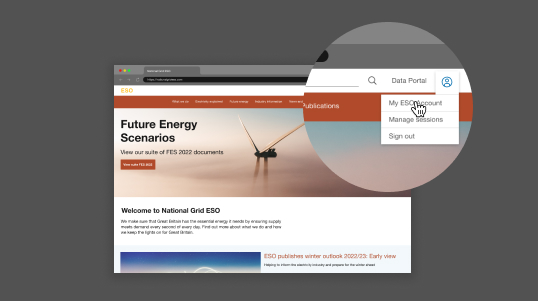Confused about carbon? Need knowledge on net zero? Interested in EVs? You’ve come to the right place.
At National Grid ESO we’re at the heart of the transition to a zero carbon electricity system – in fact, we’re on track to run the grid on zero carbon electricity by 2025.
But what is zero carbon and how is it different from net zero? And how are renewables like wind and solar key to taking us to a greener future?
If you want to learn more about EVs - and how things like smart charging and vehicle to grid technology can help us to get to net zero - check out our net zero explainers.
What are we doing to deliver a zero carbon electricity grid?
National Grid ESO is preparing Great Britain’s electricity system to be able to run purely on zero carbon electricity by 2025 while continuing each day to reliably and safely move electricity across Great Britain second by second. Find out what we're doing to enable the Grid to run with zero carbon emissions by 2025 in this short video.

Electricity explained
Not sure of the difference between kilowatts and megawatts? Figuring out how much electricity we use and what which items are the most power-hungry is no easy task. Let alone understand where electricity comes from, how we move it around Great Britain and the complex task of balancing the grid. We make it all easy to understand, in Electricity explained.







